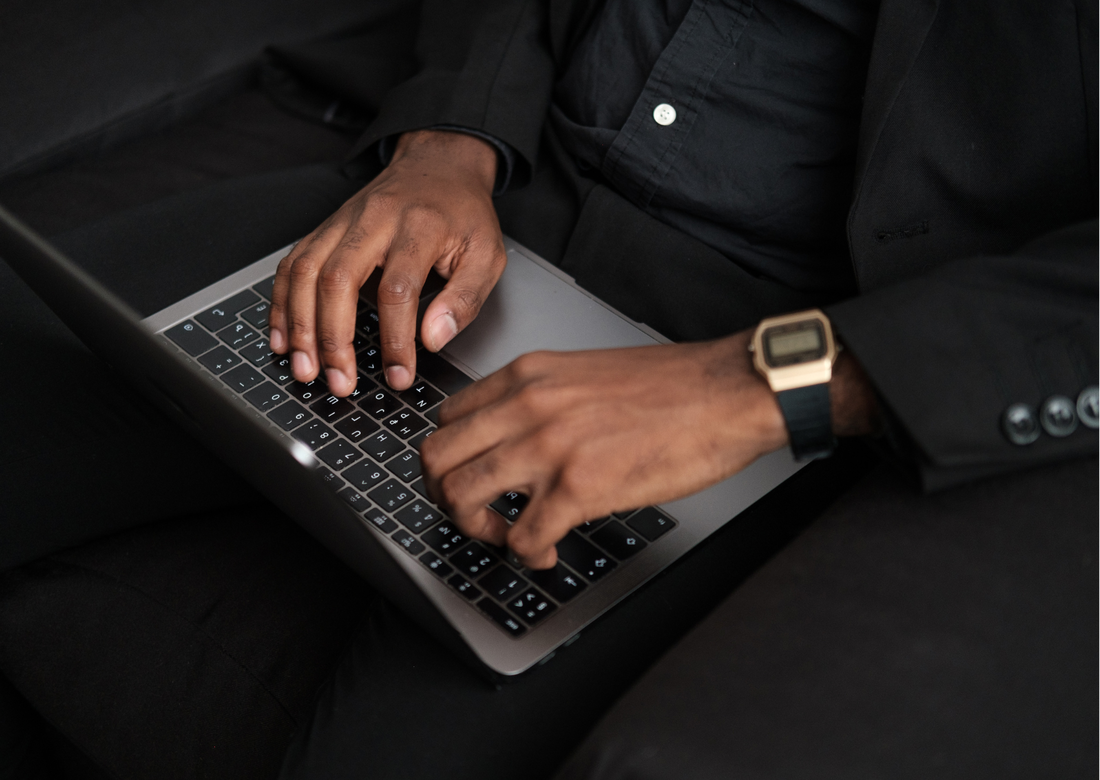|
In today's digital world, email is the cornerstone of professional communication. It's the modern equivalent of a handwritten letter, carrying the weight of your message and representing you to colleagues, clients, and superiors. Email etiquette in the workplace or in everyday interactions is crucial as it ensures clear, professional, and respectful communication among colleagues, clients, stakeholders, friends and family. Proper email etiquette means using appropriate language, a clear subject line, and a concise and polite tone while avoiding slang and overly casual expressions. It also involves timely responses, proper grammar, and thoughtful consideration of the recipient's time and workload. By following these standards, employees can prevent misunderstandings and maintain a positive professional image, ultimately enhancing overall workplace efficiency and relationships. Here are nine email etiquette tips to improve your emails are clear, concise, and portray you as a business-savvy individual.
Conclusion By following these tips and embracing professional communication practices, you can transform your emails into powerful tools that advance your business goals and leave a lasting positive impression
0 Comments
Leave a Reply. |
AuthorElizabeth Soos Archives
August 2025
Categories |
|
CONTACT US Submit Your Enquiry |


 RSS Feed
RSS Feed

